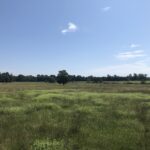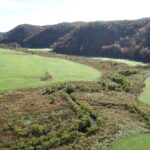Working timberlands are at the heart of Lyme’s investment strategy and make up the vast majority its invested capital to date. Lyme also invests opportunistically in mitigation banks and other conservation assets.
Other Conservation Assets
Although timberlands make up the bulk of Lyme’s portfolio, the company also pursues investments in ecosystem service markets, including mitigation banks. In partnership with experienced operating partners, Lyme invests in properties with potential to mitigate wetland, stream, or endangered species impacts. In addition, Lyme opportunistically pursues investments in smaller properties with exceptional conservation attributes. Working in partnership with conservation organizations, Lyme seeks to sell conservation easements and/ or fee interests that protect conservation values. Investment realizations are generated from the sale of conservation interests and/or limited development rights.











